Eng even has the words "MSG" tattooed on his arm and his restaurant has a signature drink called the MSG Martini.
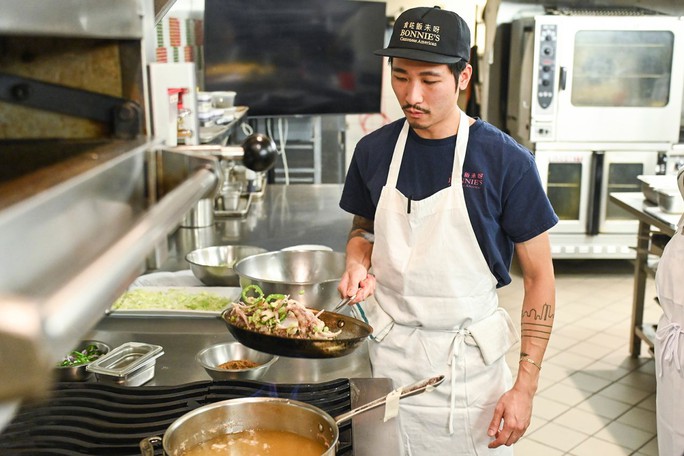
Calvin Eng is one of the chefs who has publicly advocated the use of MSG in food.
"Everything tastes better with MSG, whether it's Western food or Chinese food. We use MSG in drinks, desserts and savory dishes. MSG is in almost everything," Eng told CNN.
Bonnies' most famous dish - Charsiu McRib (contains MSG)
Today, chefs like Eng are not afraid to talk about MSG and include it on their menus, which is helping to change outdated thinking.
“I think our customers are younger people who understand MSG and don’t mind consuming it,” he said. “We’re proud to use MSG to help remove the negative reputation or connotation of MSG.”
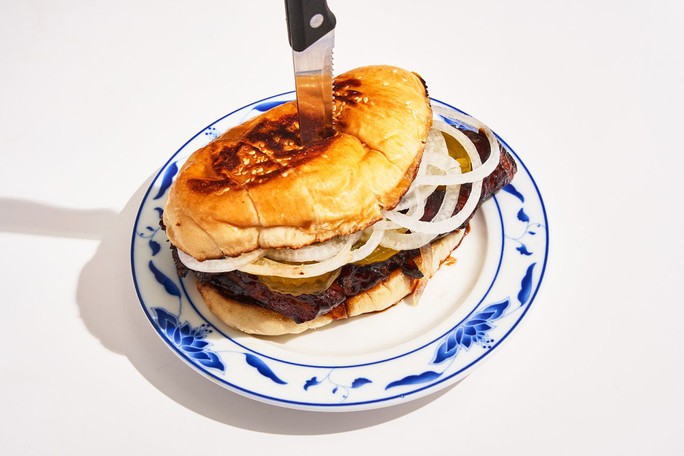
The Charsiu McRib, which contains a bit of MSG in its sauce, is the most popular dish at Bonnie's restaurant in New York City.
Many of Bonnie's dishes are classic Cantonese-Chinese dishes with playful and labor-intensive twists. The Charsiu McRib, for example, is inspired by two dishes - a classic fast-food burger and a traditional Cantonese-style steamed ribs and black beans dish that Eng - Bonnie's mother loved to make. It's been the most exciting item on the menu since Bonnie's opened.
Demystifying MSG: 'It Used to Be Taboo'
"I grew up in an environment where using MSG was taboo. My mother would never use it, but she used chicken bouillon powder in her cooking. As a kid, I didn't know they were the same until I was old enough to care," Eng said.

Japanese scientist , Kikunae Ikeda, who invented MSG
The history of MSG dates back to 1907, when Japanese chemistry professor Kikunae Ikeda boiled large quantities of kombu seaweed to extract a component called glutamate. He created the "umami" taste, and then invented a way to produce MSG - a crystalline ingredient that can be used like salt and sugar.
A year later, businessman Saburosuke Suzuki teamed up with Ikeda to form the Ajinomoto Company to produce the seasoning. MSG quickly became an award-winning invention and a highly prized seasoning, especially among middle-class Japanese housewives. Over the next few decades, MSG became famous around the world .
But MSG's image began to decline when an American doctor wrote a letter to a medical journal titled "Chinese Restaurant Syndrome" in 1968. In it, he described symptoms such as "numbness in the back of the neck," "generalized weakness," and "rapid heartbeat." The doctor suspected that MSG, along with other ingredients like cooking wine and high sodium levels, could cause these symptoms.
MSG was widely criticized, and the news of that letter spread for decades, all over the world. Restaurants publicly rejected MSG. Food and beverage advertisers also refrained from mentioning it. When customers felt sick after a meal, they blamed MSG.
Despite repeated claims of negative consumer reactions to MSG, decades of scientific testing have failed to demonstrate any adverse reactions to MSG. Government agencies around the world have declared MSG to be safe, including the U.S. Food and Drug Administration (FDA).
"Although many people self-identify as sensitive to MSG, in studies with this group of people given either MSG or a placebo, scientists have been unable to consistently trigger reactions," the FDA website says.
The Center for Food Safety in Hong Kong (China) notes that using MSG can help reduce sodium intake, which is known to cause health problems such as high blood pressure, heart disease and stroke.
"When used in combination with a small amount of salt during food preparation, MSG has been reported to reduce total sodium intake in recipes by 20% to 40%," said a food safety assessment conducted by a Hong Kong (China) scientific officer.
Source



![[INFOGRAPHIC] LG xboom AI: The coolest Gen Z portable speaker this summer](https://vphoto.vietnam.vn/thumb/1200x675/vietnam/resource/IMAGE/2025/7/29/db13af6569c24d0582b8a1c82e7cecd2)



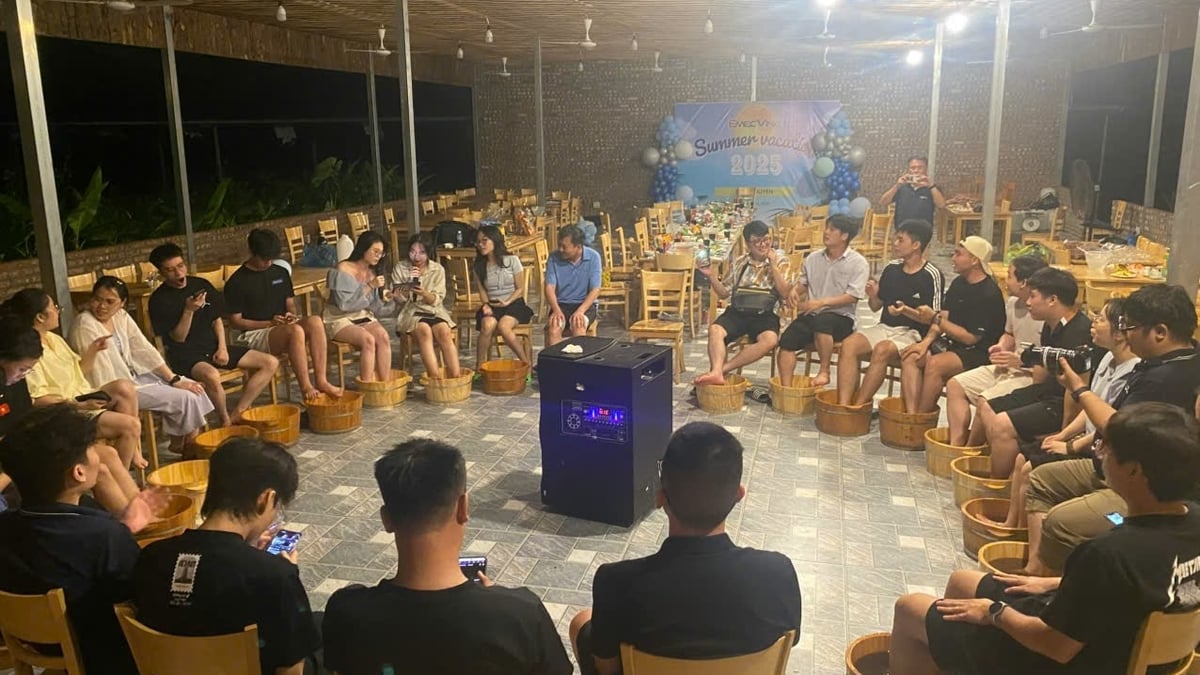




















![[Photo] National Assembly Chairman attends the seminar "Building and operating an international financial center and recommendations for Vietnam"](https://vphoto.vietnam.vn/thumb/1200x675/vietnam/resource/IMAGE/2025/7/28/76393436936e457db31ec84433289f72)







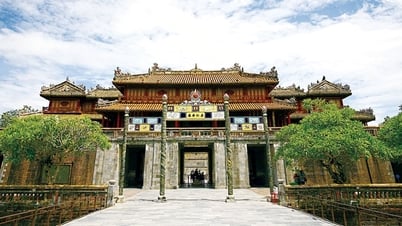





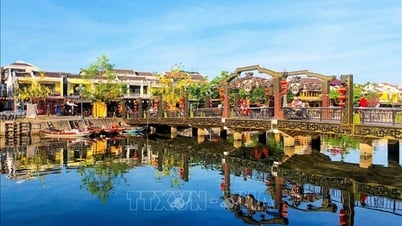





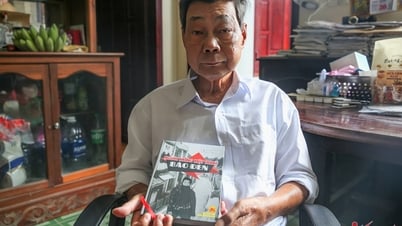

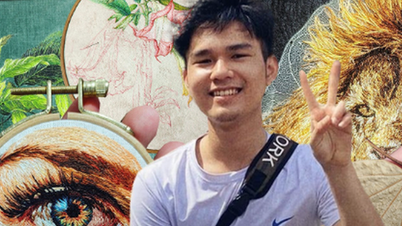





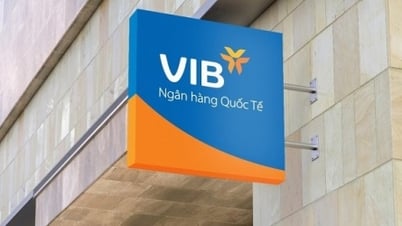





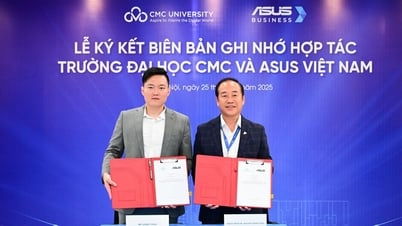


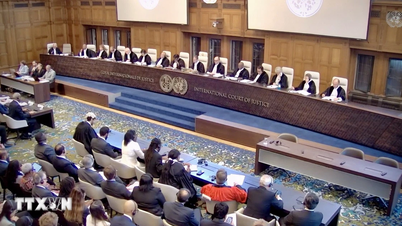
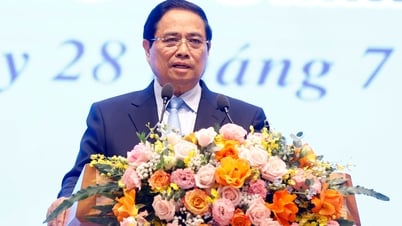
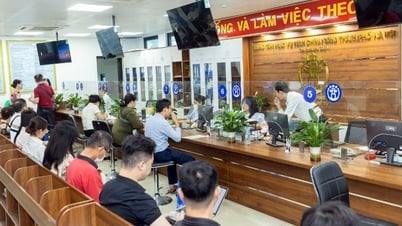




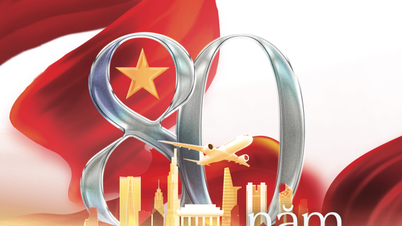



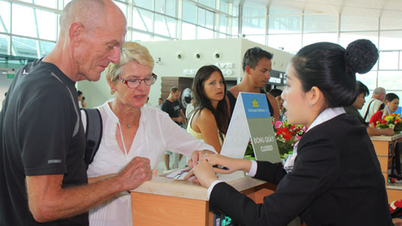
























Comment (0)